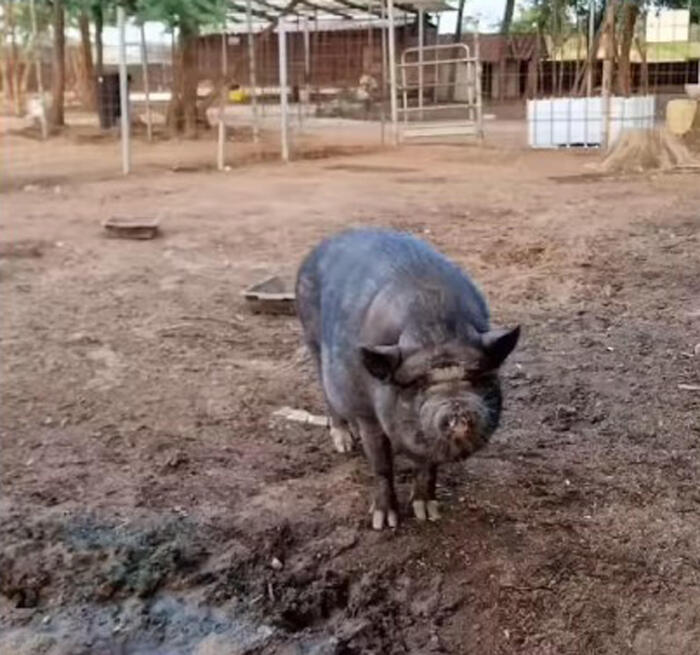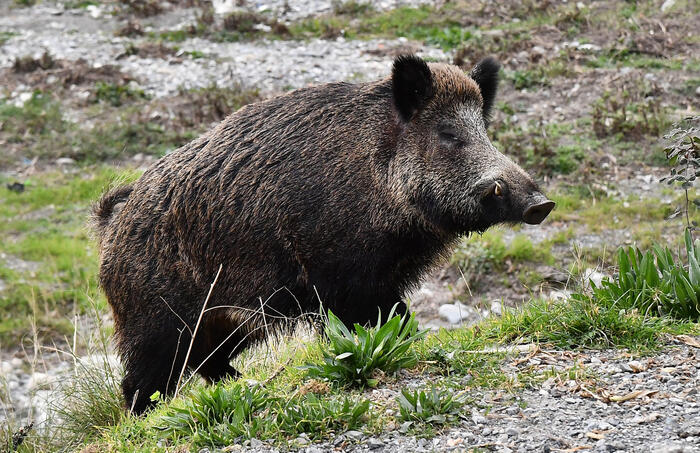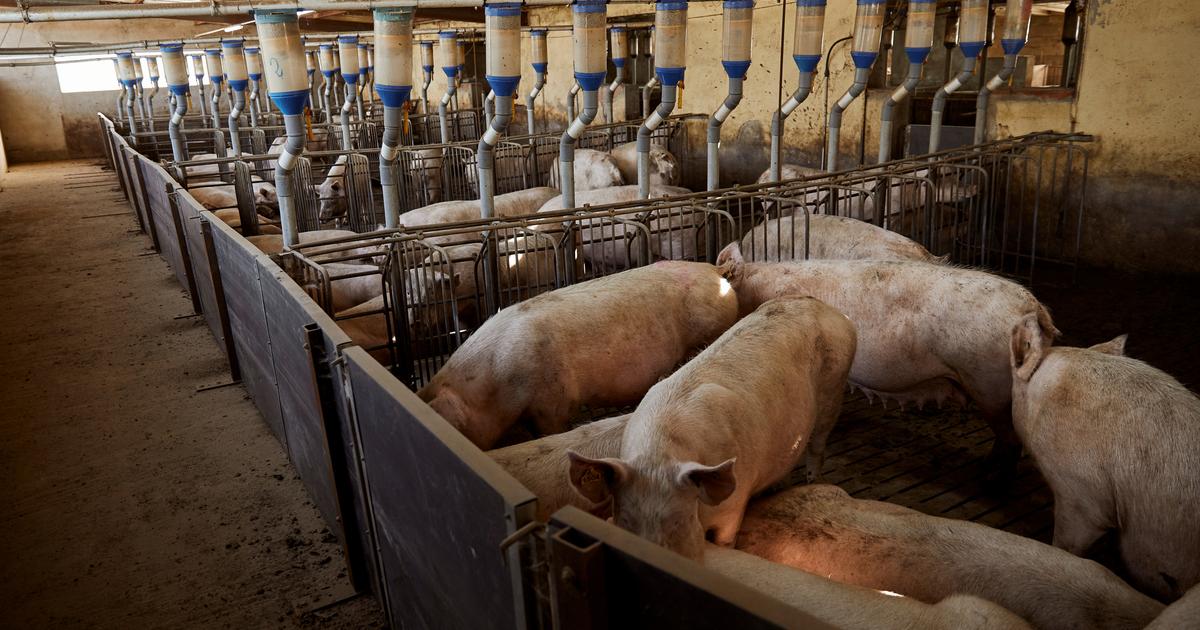Icon: enlarge
Wild boar in an enclosure in Rhineland-Palatinate (archive image)
Photo: Sascha Ditscher / imago images
The African swine fever continues to spread in Germany.
After Brandenburg, the animal disease has now also been detected in Saxony.
This affects the second federal state.
The Saxon Ministry of Social Affairs confirmed a case on Saturday in a wild boar shot in the Görlitz district.
"Restriction zones" are now being established around the site in order to stop the spread of the disease.
"We are well prepared for an emergency," assured State Social Minister Petra Köpping (SPD).
She appealed to the Saxon pig farmers to continue to consistently protect their herds.
The virus, which is highly contagious and mostly fatal for domestic pigs and wild pigs, was first discovered in Germany in September.
At that time, an infected carcass was found on the German-Polish border.
The Friedrich Loeffler Institute later confirmed the suspected case.
The facility's laboratory is responsible for clarifying such cases.
Other infected animals were then discovered.
African swine fever has been rampant for years, especially in Eastern Europe, and is believed to have been introduced from Poland across the border into Germany.
In March, a wild boar that had died of swine fever was discovered on the Polish side just over ten kilometers from the border with Germany.
The virus originally came from Africa and infected warthogs, for example.
It is passed there by leather ticks.
In Europe, transmission occurs through direct contact with infected animals via blood and secretions.
The virus is most efficiently transmitted through the blood.
In nature, animals usually only become infected when they sniff or eat the carcass of an infected wild boar.
Other ways of transmission are the feeding of food waste or pork products.
The disease is fatal in 90 percent of cases.
Medicines do not exist, vaccination is not possible.
The animals develop very severe but unspecific symptoms after infection, writes the Friedrich-Loeffler-Institut.
In addition to fever, weakness, unwillingness to eat, movement disorders and breathing problems, diarrhea and a tendency to bleed can occur.
However, the disease is not dangerous for humans.
Even contaminated meat can be eaten without any problems, but must not be placed on the market.
Pig farmers suffer from losses
Above all, German farmers fear the economic consequences of the spread.
After the first evidence in Brandenburg, the meat prices had fallen.
Because Germany lost its "disease-free" status, there is a risk of export bans for pork to non-EU countries.
China and many other countries had already banned the import of German pork.
So far, however, the virus has not been detected in any domestic pig in Germany.
Germany's authorities have already taken various measures to contain the epidemic.
Wild boars were specifically shot down around the sites.
Zones have been set up around discovery sites from which domestic pigs and pork may not be brought out.
In addition, experts have been hoping for years to prevent the spread of the disease through fences.
Icon: The mirror
joe / dpa / AFP












